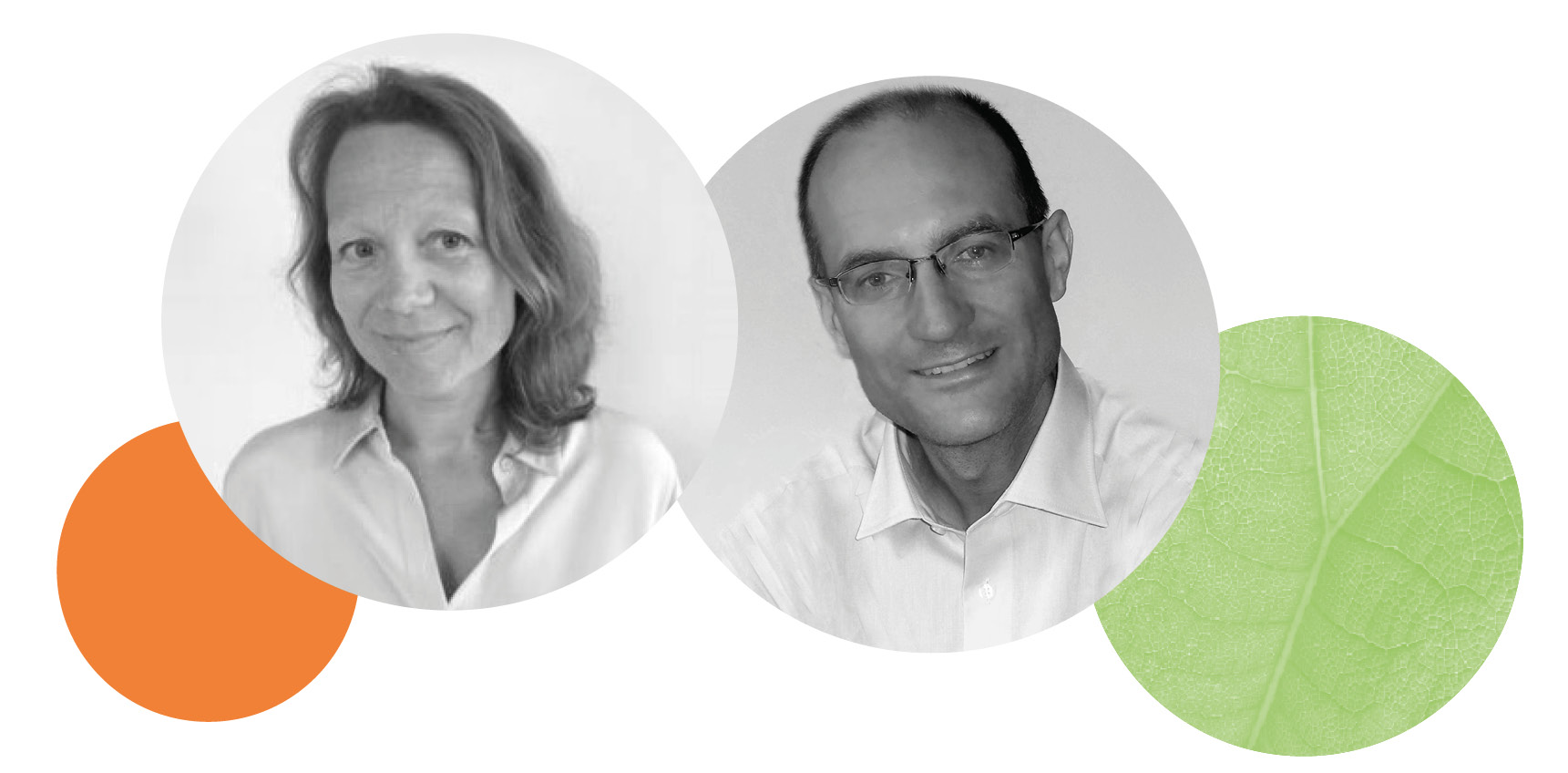 Please could you tell us about yourself and describe your role in the area of sustainable buildings?
Please could you tell us about yourself and describe your role in the area of sustainable buildings?
I am head of unit on the energy performance of buildings and products at DG Energy. I joined the Commission in 2000. I have held several positions related to energy, environmental and climate issues. These subjects are particularly close to my heart.
EU Member States have agreed to reach climate neutrality by 2050 and increase their level of ambition by reducing emissions by at least 55 % by 2030. As you may know, buildings account for around 40 % of energy consumption in the EU and 36 % of greenhouse gas emissions due to energy consumption. So, buildings are a main part of the equation to deliver the European Green Deal. By 2030, 35 million buildings are to be renovated and several hundred thousand additional jobs created in the construction sector.
Buildings are at the core of my unit's mission and we are working on several important initiatives under the Green Deal.
It’s been a pleasure working with you over the last year to support your work in DG Energy. You and your colleagues were in charge of the development of the Commission’s proposal to revise the Energy Performance of Buildings Directive. Can you sum up the significance of the revised legislation in terms of the EU’s energy policy goals?
We have entered a new phase in the policymaking process, with a package of proposals published in July and December 2021 to implement the increased ambition for 2030. The recast of the EPBD, adopted on 15 December, is an essential element to deliver this Fit for 55 package.
The revised directive sets out how Europe can achieve a zero-emission and fully decarbonised building stock by 2050. The proposed measures will increase the rate of renovation of the worst-performing buildings, modernise the EU’s building stock and enhance its role in energy system integration. They will facilitate more targeted financing to investments in the building sector, particularly addressing vulnerable consumers and energy poverty.
The proposal, if adopted, would require the life cycle Global Warming Potential (GWP) of new buildings to be calculated as of 2030 (or as of 2027 for large buildings). Why is this change needed in your view and how does Level(s) support this addition to the Directive?
The objective of this proposal is twofold, in line with the EU’s time horizons. It will contribute to reducing buildings’ GHG emissions and final energy consumption by 2030. It also provides a long-term vision for buildings and ensures an adequate contribution to achieving climate neutrality by 2050.
This is why this proposal is not only about looking into improving energy performance and reducing carbon emissions. It is also the start of a forward-looking approach to address resource efficiency, circularity and sustainability. This is fully in line with the goals of the Renovation Wave initiative.
The EPBD will address carbon emissions over the full lifecycle of a building, through mandatory calculation and disclosure of this information for new construction, to inform citizens and business and raise awareness. This approach builds upon experiences from several Member States and of course on Level(s). The Global Warming Potential (or GWP), which shall be used to measure the impact of all greenhouses gases emissions, is one of the impact categories measured in the Level(s) framework.
This requirement will be gradually introduced (starting with large buildings of over 2 000 square meters) to allow enough time for data to be available.
More generally, could you describe how Level(s), as a common language framework for assessing the sustainability performance of buildings, complements the work you are doing in DG Energy?
The EPBD will address carbon emissions over the full life cycle of a building and this requirement constitutes a first step towards increased consideration of whole life cycle performance of buildings and a circular economy in energy policies.
It is estimated that embodied carbon today typically contributes 10–20 % of EU buildings’ CO2 footprint, depending on factors. However, the relative importance of embodied emissions will increase as more buildings are constructed and renovated to higher energy efficiency standards, which will greatly reduce operational emissions.
To achieve the objective to be the first climate-neutral continent by 2050, we must move ahead on all fronts to make our buildings more energy-efficient, less carbon-intensive over their full life cycle and more sustainable. Applying circularity principles to building renovation will reduce materials-related greenhouse gas emissions for buildings.
Are there any future developments relating to sustainable buildings that you’d like to share with readers?
The EPBD proposal was adopted on 15 December 2021 and I look forward to continuing, in the near future, to work with DG Environment and the Level(s) community to ensure that the EPBD delivers the right level of ambition for the benefit of our citizens and our planet.